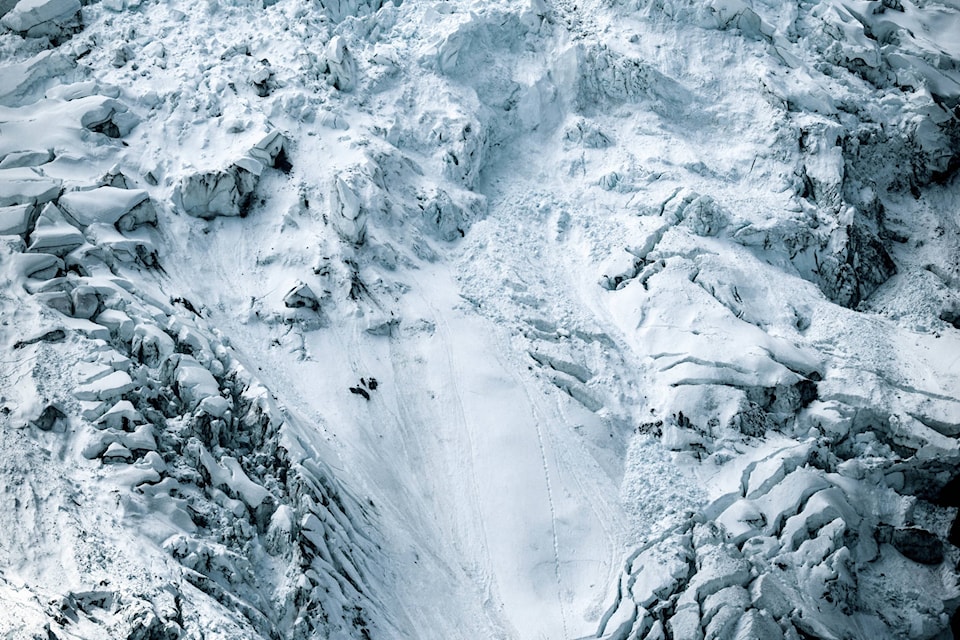Avalanche Canada is warning about conditions in the backcountry ahead of a winter system that is expected to hit the region over the next few days.
Avalanche danger ratings in the East Kootenay region are moderate to considerable, and the expected snowfall will likely make conditions worse, according to a avalanche forecaster.
Simon Horton, a public avalanche forecaster with Avalanche Canada, said there hasn’t been much snow depth this season yet, but that doesn’t mean avalanche danger isn’t present on the slopes.
“…The biggest story of what’s happened so far, because there are slightly below-average snow depths, there’s been some cold, dry periods and there’s a few weak layers that have formed in the existing snowpack,” Horton said. “The biggest concern looking ahead is when this new snow comes on the weekend, the potential for that snow not to bond well to these other layers and there could be potential for large avalanches with that type of snowpack.
“…During the storm, the avalanche danger is going to be heightened, for sure,” Horton said.
As of Thursday afternoon, avalanche danger treeline and alpine areas of the Rocky Mountain Trench and Elk Valley are rated as moderate, while the North and South Columbia regions, including Glacier National Park, are rated as considerable to high.
“Over in the West Kootenays…there’s been a bit more snow there than around here, but they haven’t had big storms until this one that’s coming in on Friday,” Horton said.
For anyone heading out into the backcountry, Horton says the Avalanche Canada website has the Mountain Information Network, a crowd-sourced information sharing tool where backcountry users can upload pictures and descriptions of conditions in regions across the province.
“You don’t need to have a high level of training to use that, it can be non-technical, describing in everyday language what the snow is like and any photos you take and sharing that can really help improve the quality of the forecasts, s well as the local community to see what the conditions are like in their local areas,” he said.
Horton also recommends that backcountry users take an Avalanche Skills Training course, and have the appropriate safety gear such as an avalanche transceiver, probe and shovel
“Get the training, get the gear, and get the forecast,” Horton said, as all those pieces go towards mitigating risk while recreating in the mountains.
trevor.crawley@cranbrooktownsman.com
Like us on Facebook and follow us on Twitter
